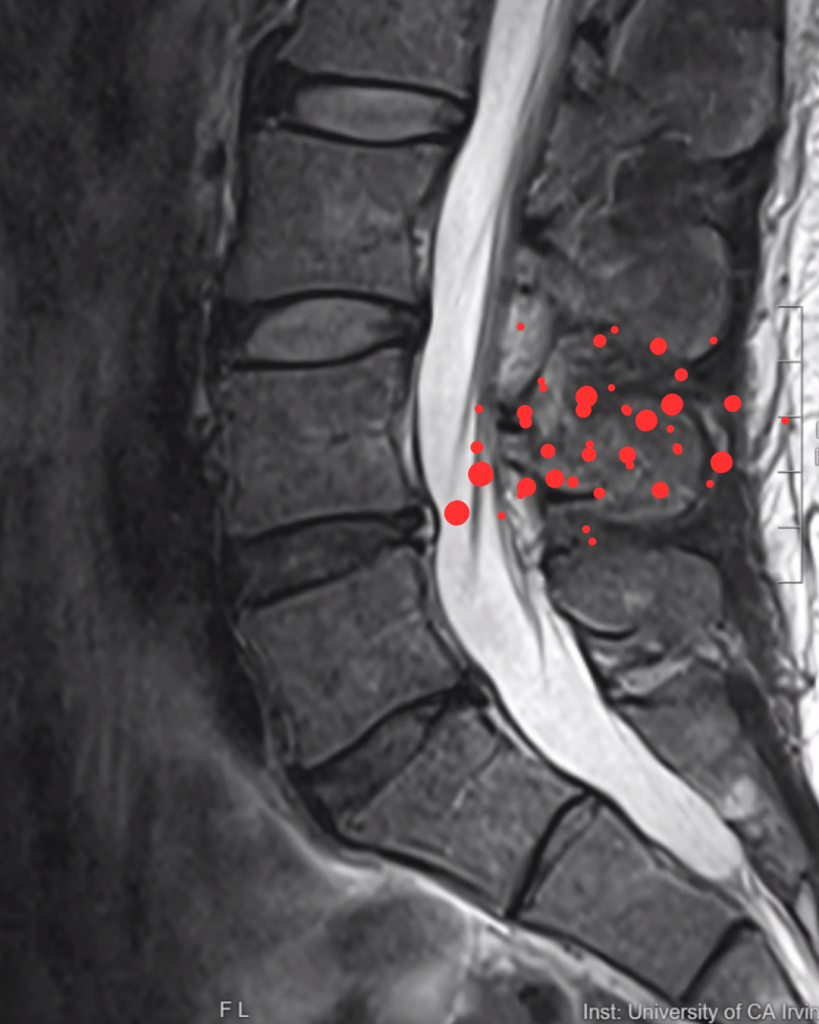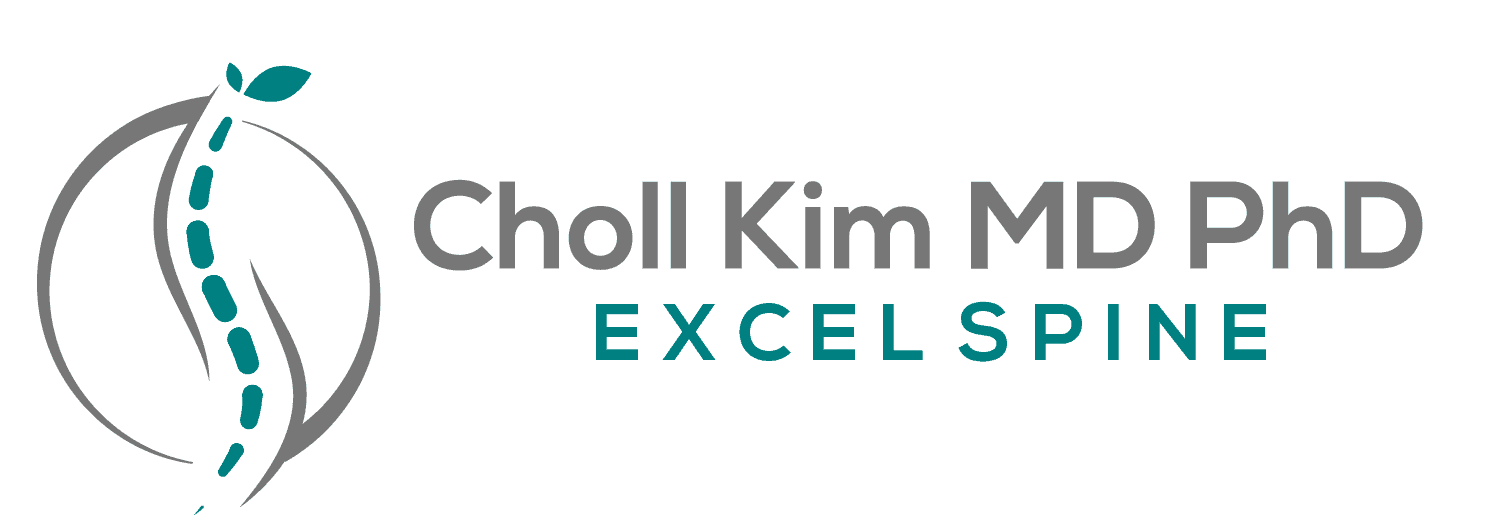
When patients hear they have a “disc herniation,” one of the first questions that often comes to mind is:
“How big is it — and does that matter?”
The truth is… the size of a herniated disc on an MRI is only part of the story.
Understanding Disc Herniations — Beyond the Basics
Your spine is made up of bones (vertebrae) cushioned by discs that act like shock absorbers. Each disc has a tough, fibrous outer shell (annulus fibrosus) and a soft, gel-like center (nucleus pulposus). Over time, or from sudden injury, that outer shell can weaken or tear, allowing some of the nucleus to push out — this is what we call a herniation.
Herniations can develop slowly from degenerative disc changes or occur suddenly after an awkward lift, twist, or impact. They are most common in the lumbar spine (lower back), but can also occur in the cervical spine (neck).
Why Size Alone Doesn’t Tell the Whole Story
It’s easy to assume that a larger herniation automatically means worse symptoms — but that’s not always the case. Here’s why:
- Position is everything. Even a small herniation can cause severe nerve pain if it presses directly on a nerve root or the spinal cord.
- Your body’s response matters. Some herniations cause significant inflammation, which can trigger pain, numbness, or weakness even without major compression.
- Nerve sensitivity varies. Not all nerves react the same way to pressure — some can tolerate more compression without symptoms.
- Your lifestyle plays a role. Active people often have stronger core and back muscles that help stabilize the spine, which can make it easier to manage a disc herniation and sometimes experience less pain. In contrast, people who are more sedentary may lack that extra muscle support, so even a small herniation can feel more painful or limiting.
Different Types of Disc Herniations
Not all herniations behave the same way. They can be:
- Contained (protrusions) – where the outer shell bulges but remains intact.
- Extrusions – where the inner material pushes through the outer shell.
- Sequestered fragments – where a piece of disc material breaks off completely and moves into the spinal canal.
Understanding which type you have is just as important as knowing its size.
Treatment Isn’t One-Size-Fits-All
At Excel Spine, we focus on you, not just your MRI images.
- For mild cases: We often recommend physical therapy, activity modification, anti-inflammatory medications, or targeted epidural steroid injections to reduce pain and swelling.
- For persistent or severe cases: We specialize in Laser Endoscopic Spine Surgery (LESS) — a highly targeted, minimally invasive approach that allows us to remove only the problematic portion of the disc while preserving healthy tissue.
This precision approach can mean less post-op pain, a faster recovery, and a quicker return to normal activities compared to traditional open surgery.
When to Seek Immediate Medical Attention
A disc herniation can occasionally cause a serious condition called cauda equina syndrome, which is a surgical emergency.
Seek immediate help if you experience:
- Sudden weakness in the legs
- Numbness in the groin area (“saddle anesthesia”)
- Loss of bladder or bowel control
The Bottom Line
The size of your disc herniation is just one piece of the puzzle. The real question is: How is it affecting your life? Your symptoms, activity level, and personal goals are all key factors in deciding the best treatment plan.
Have back pain and an MRI? We offer FREE MRI reviews to help you understand your options. Click here to request your review.
Want to see exactly why size isn’t everything when it comes to disc herniations? Click here to watch this short video.
